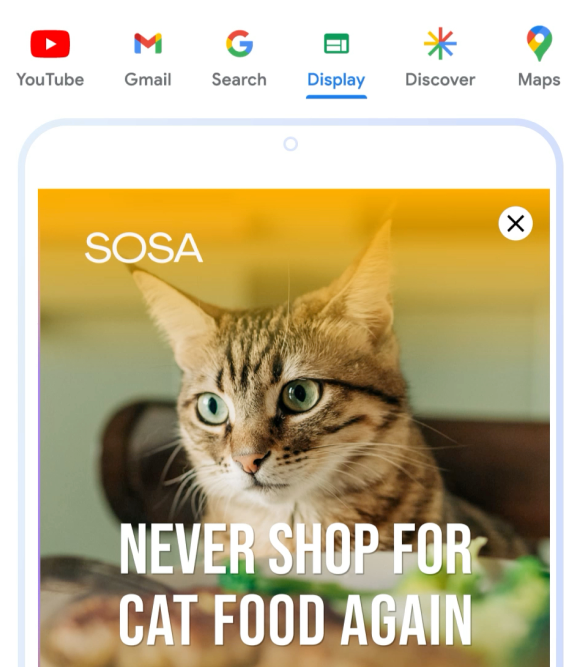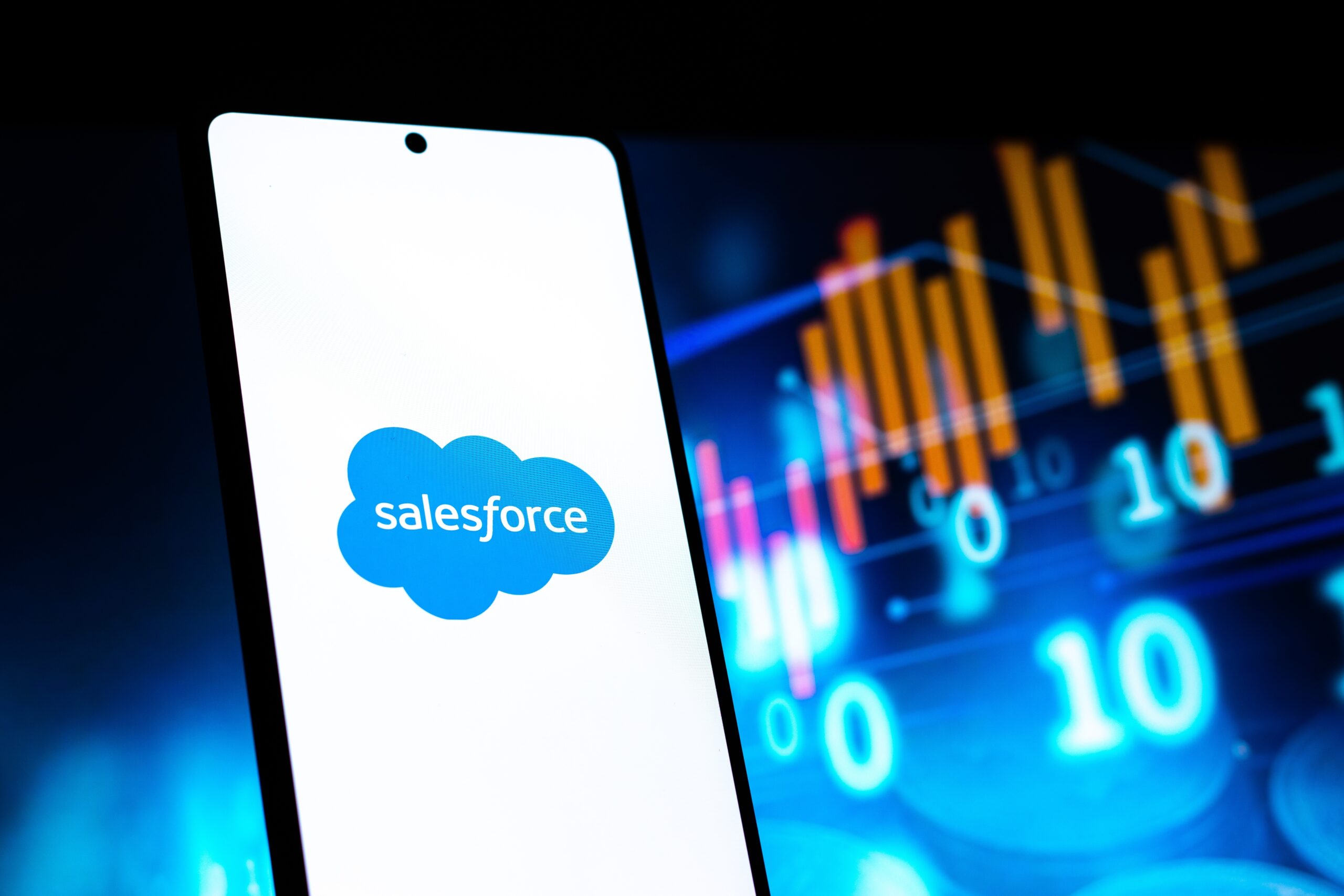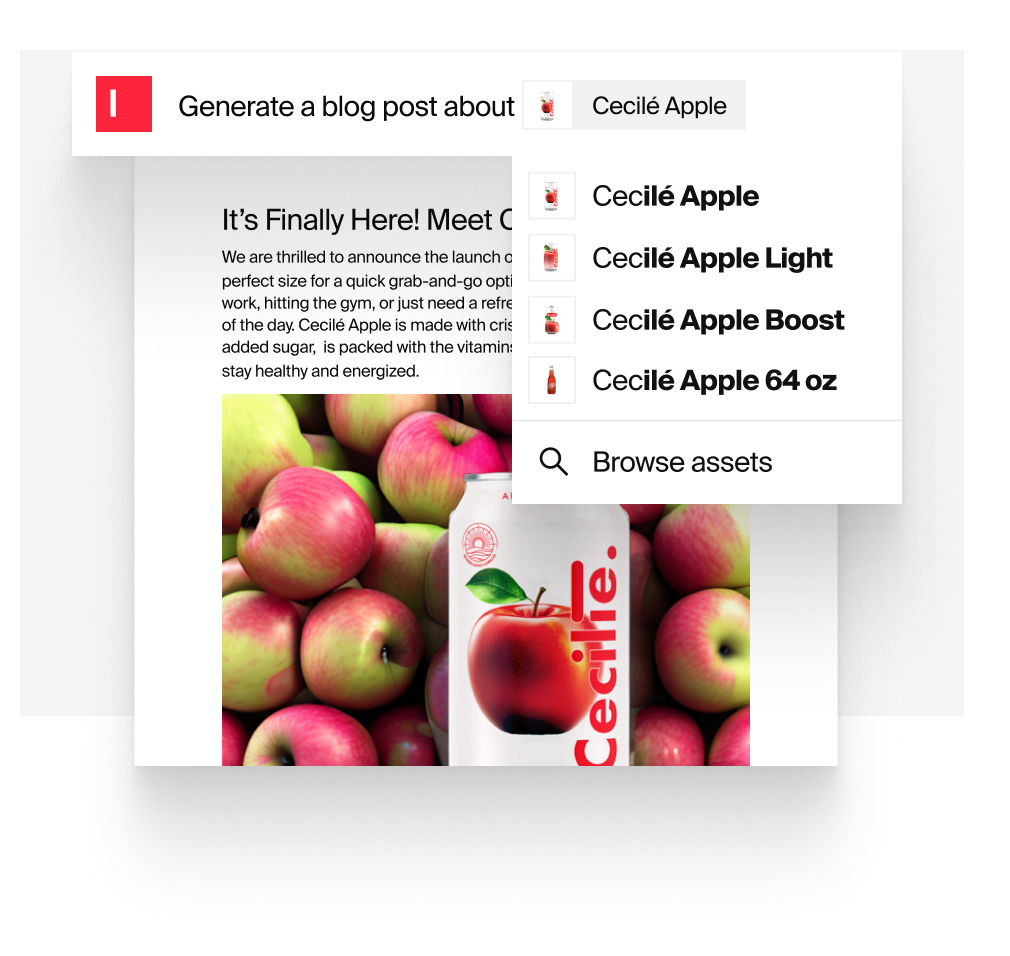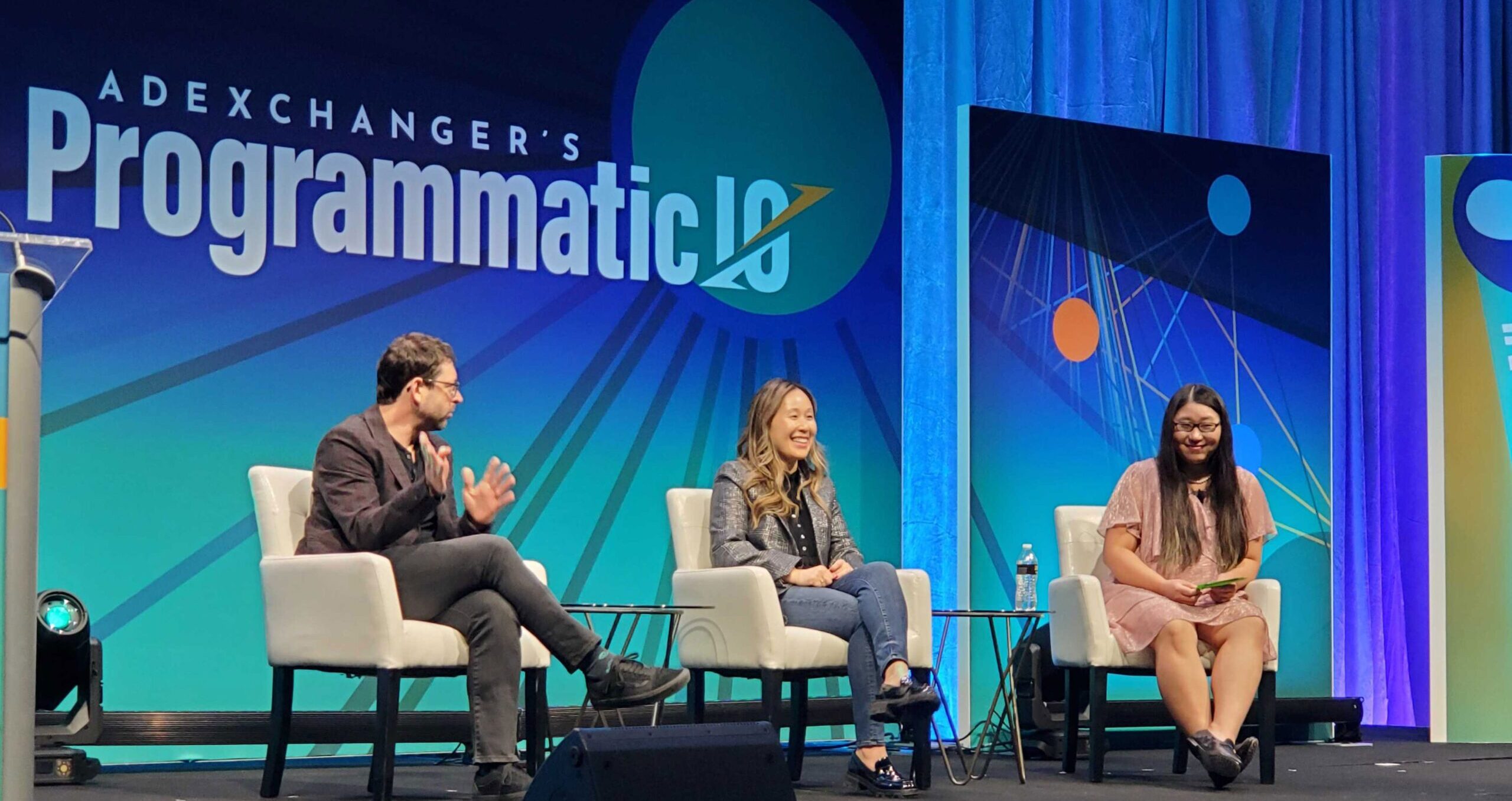
Product placement is one of the oldest marketing techniques in the book.
Brands negotiate for years to get their products a mention in a movie script, and even sponsored social media posts can take more than a month of phone calls and emails to arrange.
But startups are starting to use generative AI to flip the script on in-video product placement, including Rembrand, a new venture launched by ad tech vet Omar Tawakol in February.
On Monday, Rembrand closed its $8 million seed round led by Greycroft and UTA Ventures, the venture capital arm of United Talent Agency. The round included participation from L’Oréal’s VC fund (BOLD) and Good Friends, a venture fund run by the founders of Harry’s, Warby Parker and Allbirds.
It makes sense to “have a few brands around the table because then we can understand exactly what their priorities are,” Tawakol said. “All money is green, but strategic investors are interesting because they can give you additional insight into what’s important.”
Although, it’s worth pointing out that Tawakol has been pretty good at reading the tea leaves himself over the years as a co-founder of data management platform BlueKai and, later, Voicea, an enterprise voice assistant. (He sold BlueKai to Oracle in 2014 and Voicea to Cisco in 2019.)
Painting a picture
Tawakol launched Rembrand to take advantage of multiple intersecting trends.
People watch a lot of creator content online.
Small and midsize creators have passionate audiences brands miss out on. Because the product placement negotiation process is so long, advertisers often focus on larger influencers with big subscriber bases.
People dislike being forced to watch interruptive ads. (Preroll rage is real.)
And although prerecorded host-read ads can be dynamically inserted within audio content, that doesn’t work as well in video, which makes the format less scalable.
“Interrupting a show for a one- or two-minute ad read is what passes for authenticity in this industry,” Tawakol said. “Our approach is to let creators just make their organic content and not worry about the brand until later, when they have the opportunity to choose which one they want stitched into their video in postproduction.”
Physics meets AI
Rembrand’s technology works through a technique it refers to as “physics-informed” generative AI (as in, the virtual elements obey the laws of physics).
Rather than feeding a prompt into an image or text generator, Rembrand analyzes every frame within an existing video to understand light, shadow, reflectivity, motion, occlusion and camera angle.
From there, Rembrand can digitally insert a photo-realistic product image or animation into a creator’s video, like a can of OLIPOP soda sitting on a side table or bottles of Garnier shampoo that dance into frame and settle on a shelf in the background.
“The product is there and people can see it for the entire length of a video, as opposed to something that interrupts the show or an ad they can skip after five seconds that isn’t part of the content,” Tawakol said.
AdSense for AI
But how do creators get paid?
Rembrand has two business models.
The first is a two-sided network made up of influencers and content creators on one side and brands on the other. Creators can select which brands they want Rembrand to place into their video, while brands can reach out to influencers that have an attractive audience for their product.
It’s a bit like AdSense, but for virtual product placement. And the rev share is generous because Rembrand is in growth mode. It sells on a CPM basis where creators earn 75% of the net revenue for each placement.
The rev share will even out eventually, Tawakol said, although the majority will always go to the influencer.
In addition to the marketplace-based business model, Rembrand also has a budding API business to license its insertion technology to streaming platforms and the entertainment industry to help automate the process of virtual product insertion into their own content.
Generating a plan
Rembrand will spend the bulk of its new funding on engineering and expanding the capabilities of its AI.
For example, today Rembrand focuses primarily on creator content featuring people sitting and talking that’s been filmed indoors where there are walls and shelves in the background and coffee tables in the foreground – all good spots to park a virtual can of soda, bag of chips or promotional poster.
The next step will be to manage movie and TV content and outdoor scenes where there are more variables and moving parts to deal with, which will take a lot of development work.
Rembrand is also in hiring mode. Its headcount today is just over 20 people, and all of them are engineers, other than Tawakol himself and one other person in an external-facing sales position. Over the course of the year, Rembrand plans to bring a full sales team, a go-to-market team and someone to manage influencer relationships.
“But the number-one goal is generalizing the applicability of the AI,” Tawakol said. “Everything in these videos has to look correct, completely real, and we’re training neural networks to do that.”





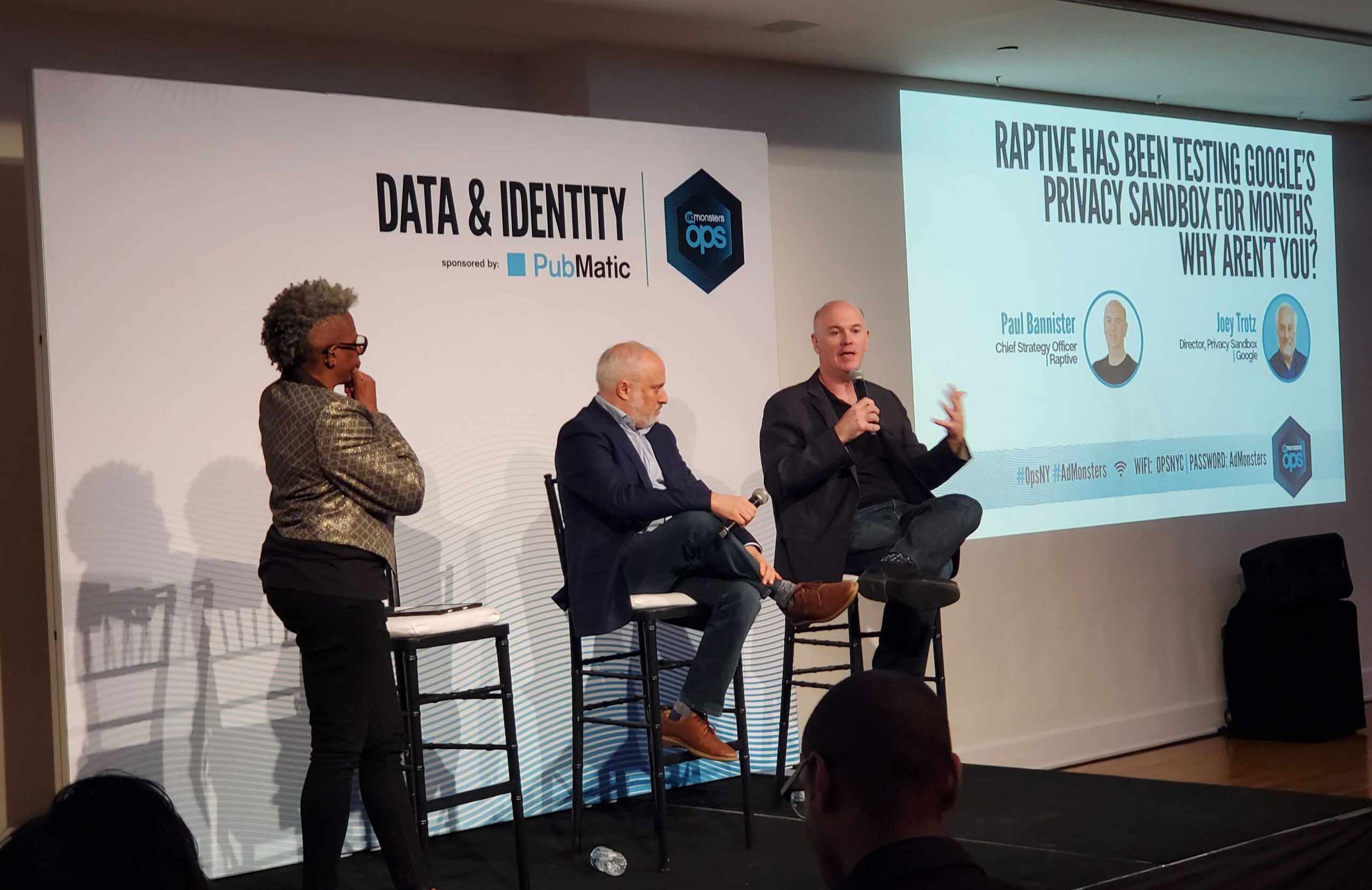
 By
By 
